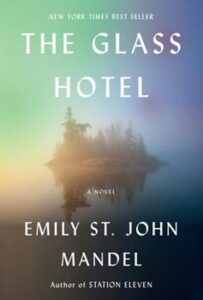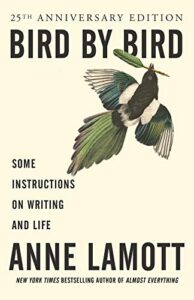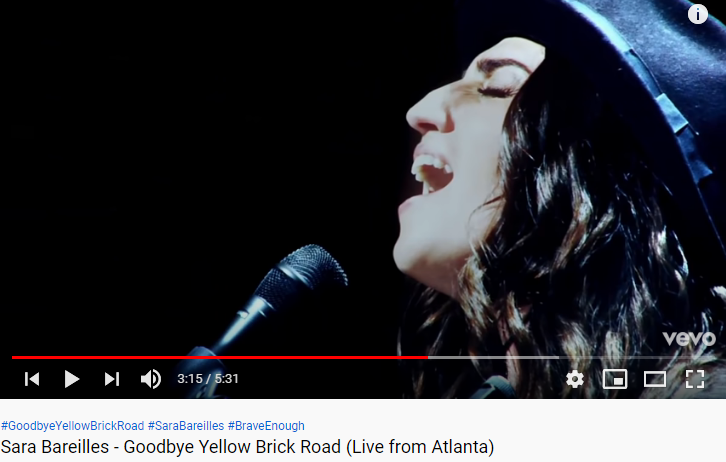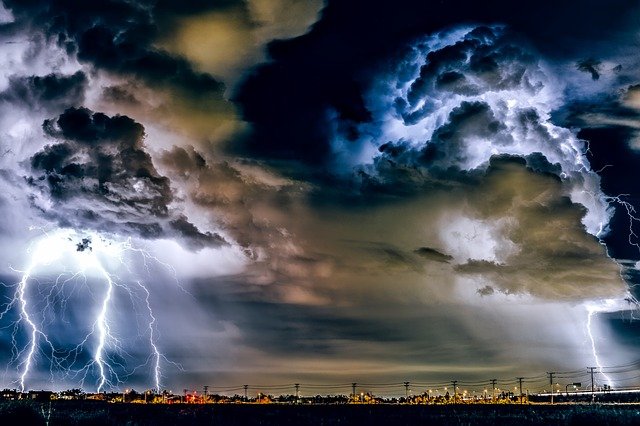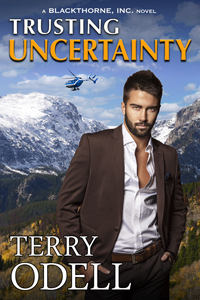People talk about how writing is hard. For me, it was easy. The hard part was finding an agent, and then when I did…
Sitting at an empty table in front of the bar in the conference hotel back in 2010, I watched the activity that was busy as a Texas fire ant mound. Folks passed by on a variety of destinations. Some pulled rolling suitcases toward the bank of elevators on my left.
I need to get one of those. Hauling that canvas bag on my shoulder’s getting old.
Attendees wearing name badges came by in singles, pairs, and small groups talking about this new writing world I’d recently joined. I’d already picked up my own badge at the Sleuthfest conference for mystery writers and readers, looked into the book room, and settled at the bar table to study the conference schedule.
The whole thing was so interesting that I forgot the schedule and watched people pass, wondering if one of the ladies might be my brand spankin’ new agent I’d only talked to on the phone.
Well, she was new because I’d never had an agent before, since I’d only recently finished my first manuscript. After sending out twenty-nine submissions and acquiring twenty-eight rejection letters and notes, I received an email from Starter Agent saying she’d represent me.
Woo hoo!
Pop the cork!
Champagne for everyone.
Pack up the house! We’re soon to get that giant advance I’ve always dreamed of. Big house, here we come!
A month later, the manuscript sold to Poisoned Pen Press and I flew out to meet Starter Agent at the Sleuthfest conference in Florida. Green as grass, I didn’t know what to ask her, other than when I’d bank my first million on the sure-to-be bestseller. She talked. I listened, and after an hour we agreed to meet at the bar later for drinks.
So there I was, waiting for her when I saw a gentleman pass, carried by the flow of attendees. He noted my presence in front of the closed bar and nodded a hello. I nodded back and he disappeared.
I checked my watch and ran my finger down the list of workshops and panels. The same guy came back against the flow. He gave me a slight grin and was gone.
Should I go to this panel? Naw, it looks boring. This one? Naw, I don’t write romances.
He passed in the flow once more. We made eye contact again. Nods.
Here’s one about bombs and gun stuff. I’m in! Check the watch. Fifteen minutes from now.
Two minutes later he was swimming upstream again. Eye contact. Half grins. This could get creepy.
Dude must be walking for exercise, like those people in shopping malls.
I still had a few minutes before the explosion session, so I read the bar menu. They opened at 4:00.
He returned, this time with a folder in his hand, but things changed. He stopped. “You know the bar’s closed, right?”
“I do. But it opens at four, which means it’ll be open when I get out of this next session.”
“I’ll be finished then, too. What’re you drinking?”
“Scotch, when it gets here.”
“That’s my favorite. I’ll be back after my session.”
“You leading one?”
“Sure am. It’s on things that go boom.”
“That’s the one I planned to attend. I’ll be there.”
“Good. Name’s John Gilstrap.”
“Reavis Wortham, but call me Rev, it’s easier to pronounce.”
“You should have a name like John. That’d be easier.”
“Talk to my mom about that.”
At 4:30 we were sitting at the same table, this time with drinks. The conversation wandered, as they do in conference bars whe strangers find they have something in common. We talked books, writing, and the business itself.
Honestly, he was the first published author I’d ever exchanged ideas with, and I found it more than a little interesting and informative. I asked lots of questions and soon gained an education that still continues to this day.
Starter Agent joined us and I invited John to stay. The three of us talked for an hour before she excused herself to meet with a potential client she met earlier in the day. I’d asked all the questions I knew to ask, and her answers sounded good to me. I felt like a real author, and took a sip of Glenlevit.
John sipped his scotch. “Rev, you don’t know me, and I don’t know you, but would you like some unsolicited advice?”
“Sure.”
“She’s terrible. Fire her and get a new agent.”
What!!!??? I just got this one, and that ain’t easy, and you want me to put her in a shallow grave right off the bat?
We closed that bar that night, and I gained an education in this business. I also received a lesson in agents for the next eighteen months, as Starter Agent screwed up contracts and eventually blew a movie deal by playing games with the company that was interested in filming The Rock Hole.
That’s when I fired her and called John. I expected him to say I told you so (but he didn’t) and learned to listen to those with experience. Today John is my brother-from-another-mother and a dear friend, and I’m still listening to the voice of experience.
My problems stemmed from not knowing enough about finding a quality agent. I took the first person to show an interest in my work without doing my due diligence. If you’re to the point of looking for an agent, take it from me, do your research and don’t automatically jump at the first person who offers to pick you up.
There are a lot of ways to find an agent, and there’s a ton of info out there on the internet. Here are a couple of ideas to get you started.
Buy a copy of Writers Market. If you haven’t discovered this valuable tool, order one today.
Check the acknowledgement page on books by your favorite authors, or those who write in the genre you’ve chosen. Then send a polished, succinct query letter.
Take a look at PublishersMarketplace.com
Attend a writers conference and sign up to meet agents who are there looking for new writers. At that same conference, go to the bar and talk with folks. Most will be there for the conference, and more than a couple of agents are likely to drop in for a drink.
NOTE: Don’t attack them with a memorized pitch. Have a drink (soft drinks if you prefer), and engage them in conversation. If they’re interested in hearing about your book, then make the pitch.
Just remember, my excellent agent gets hundreds of emailed query letters a month. It might take a while to find the right one, but don’t give up. Like I said at the outset, writing is the easy part.
Good luck!


 Garry Rodgers is a retired murder cop and coroner who specialized in forensic death investigation. Now, Garry’s reinvented himself as an indie crime writer working on a new hardboiled detective fiction series titled City Of Danger.
Garry Rodgers is a retired murder cop and coroner who specialized in forensic death investigation. Now, Garry’s reinvented himself as an indie crime writer working on a new hardboiled detective fiction series titled City Of Danger.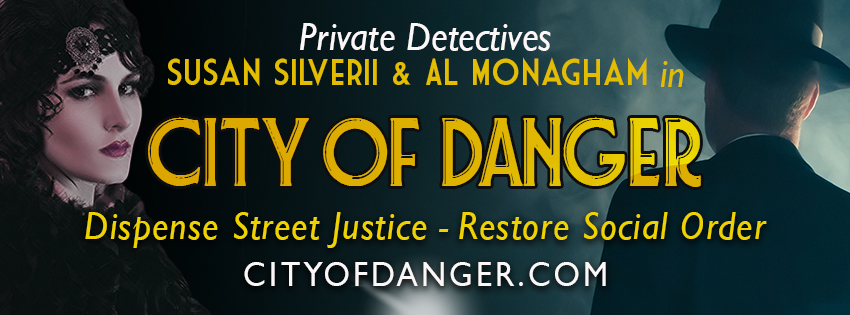


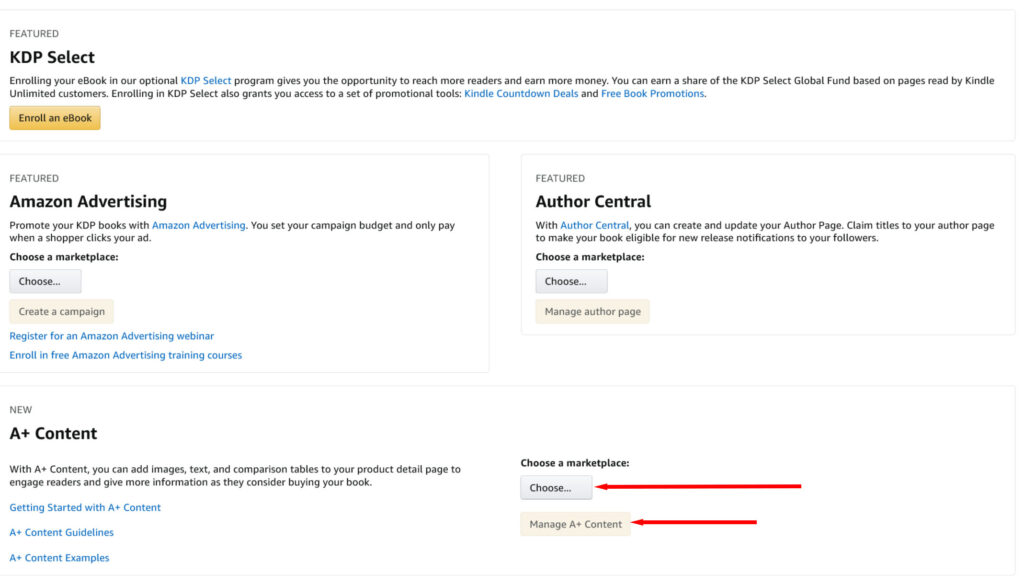

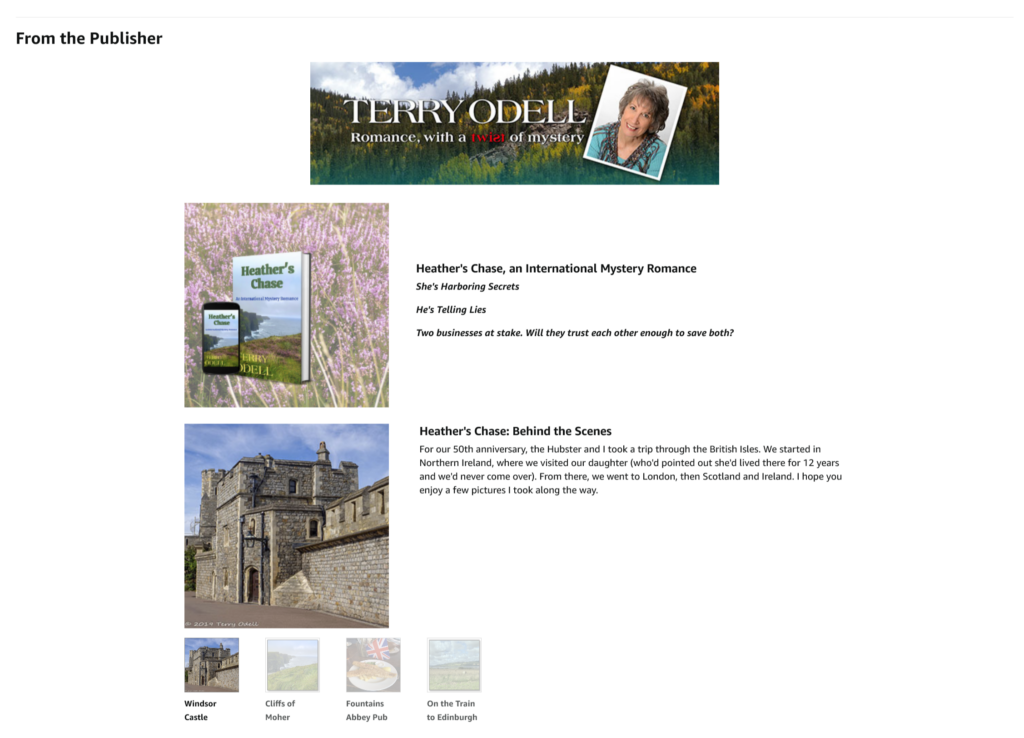
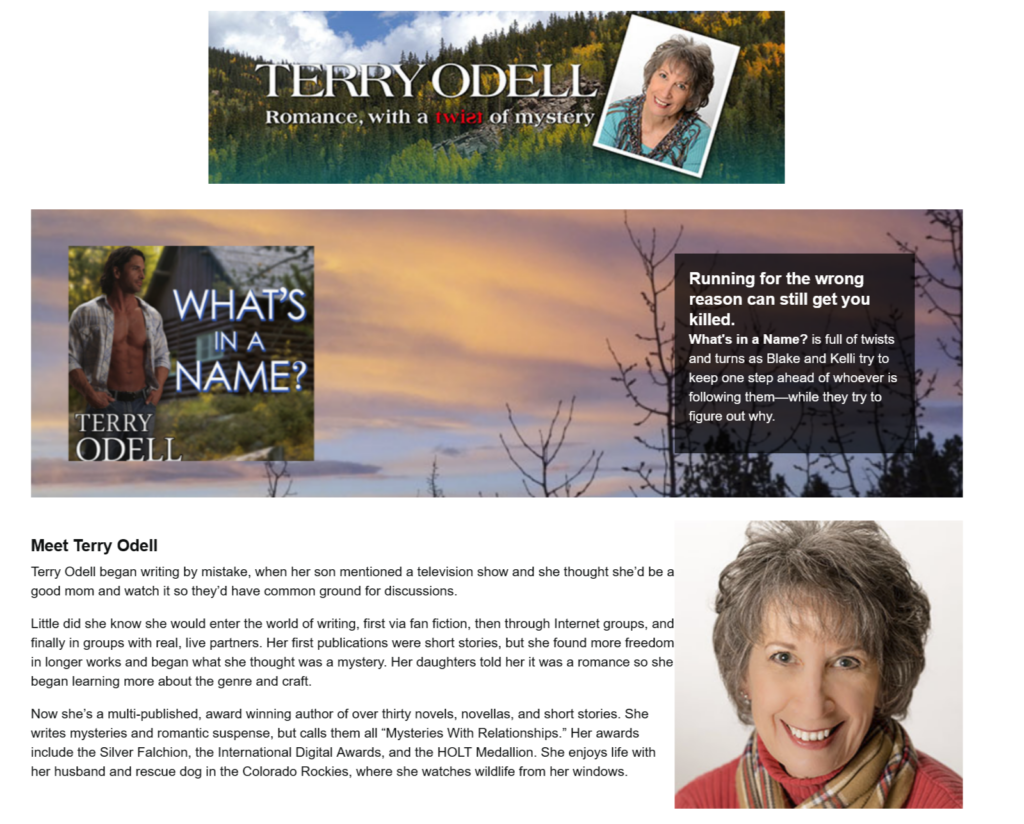

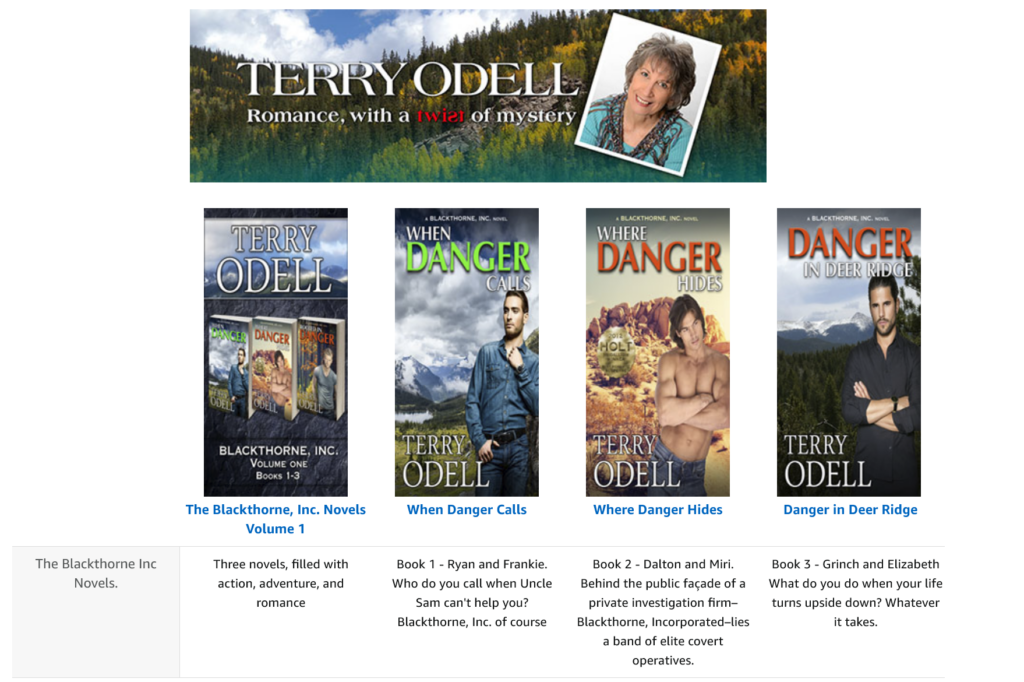




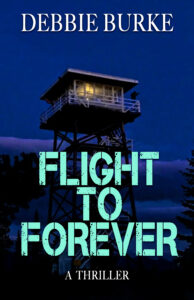 The sixth book in my series,
The sixth book in my series, 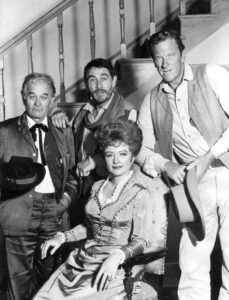
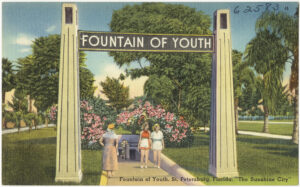
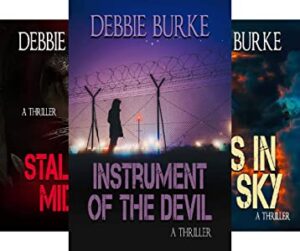 To follow series characters who age more slowly than the calendar, please check out
To follow series characters who age more slowly than the calendar, please check out 

 There was a time in my life when I thought I wanted to be an actor. As I mentioned in a
There was a time in my life when I thought I wanted to be an actor. As I mentioned in a 